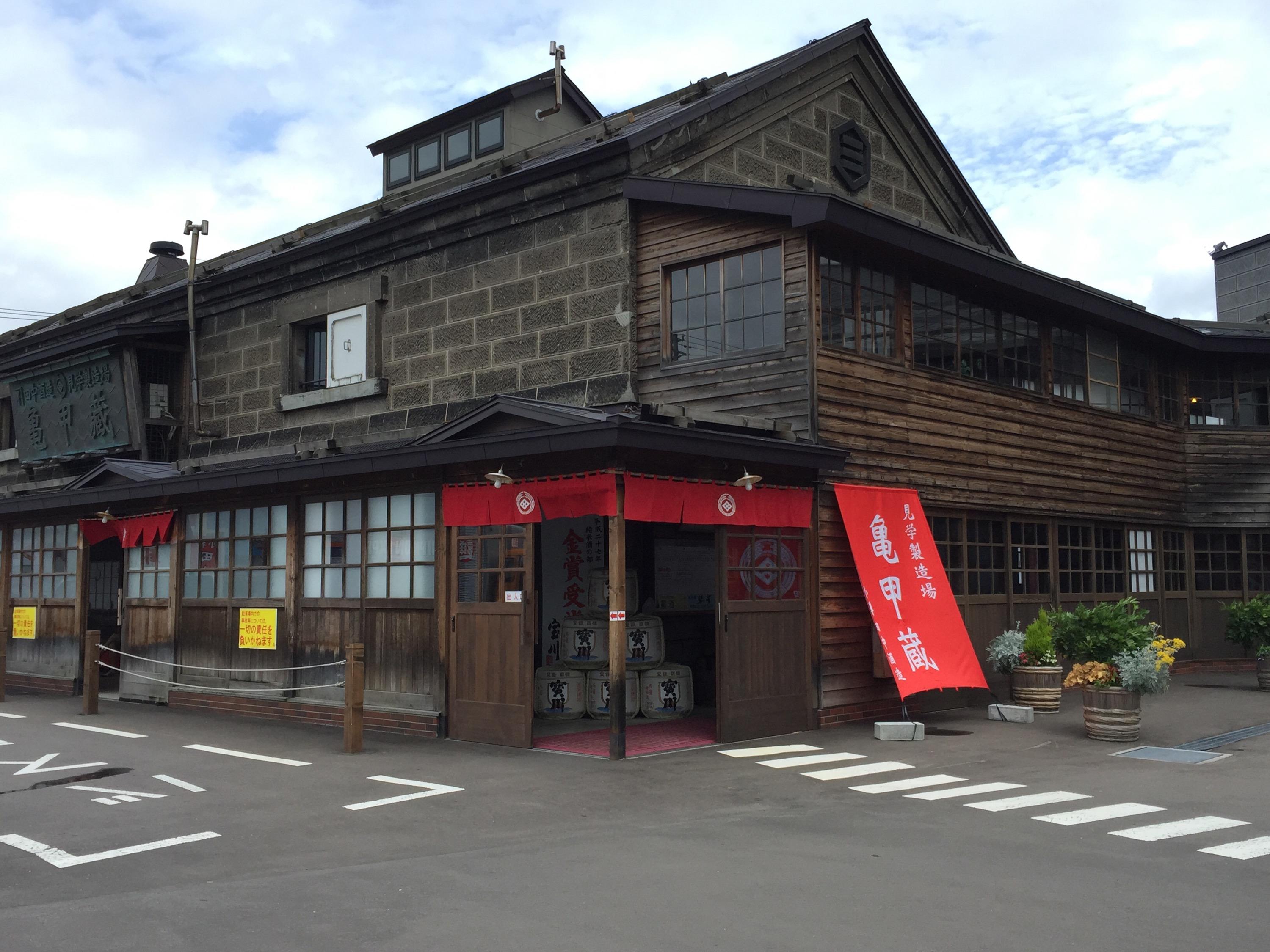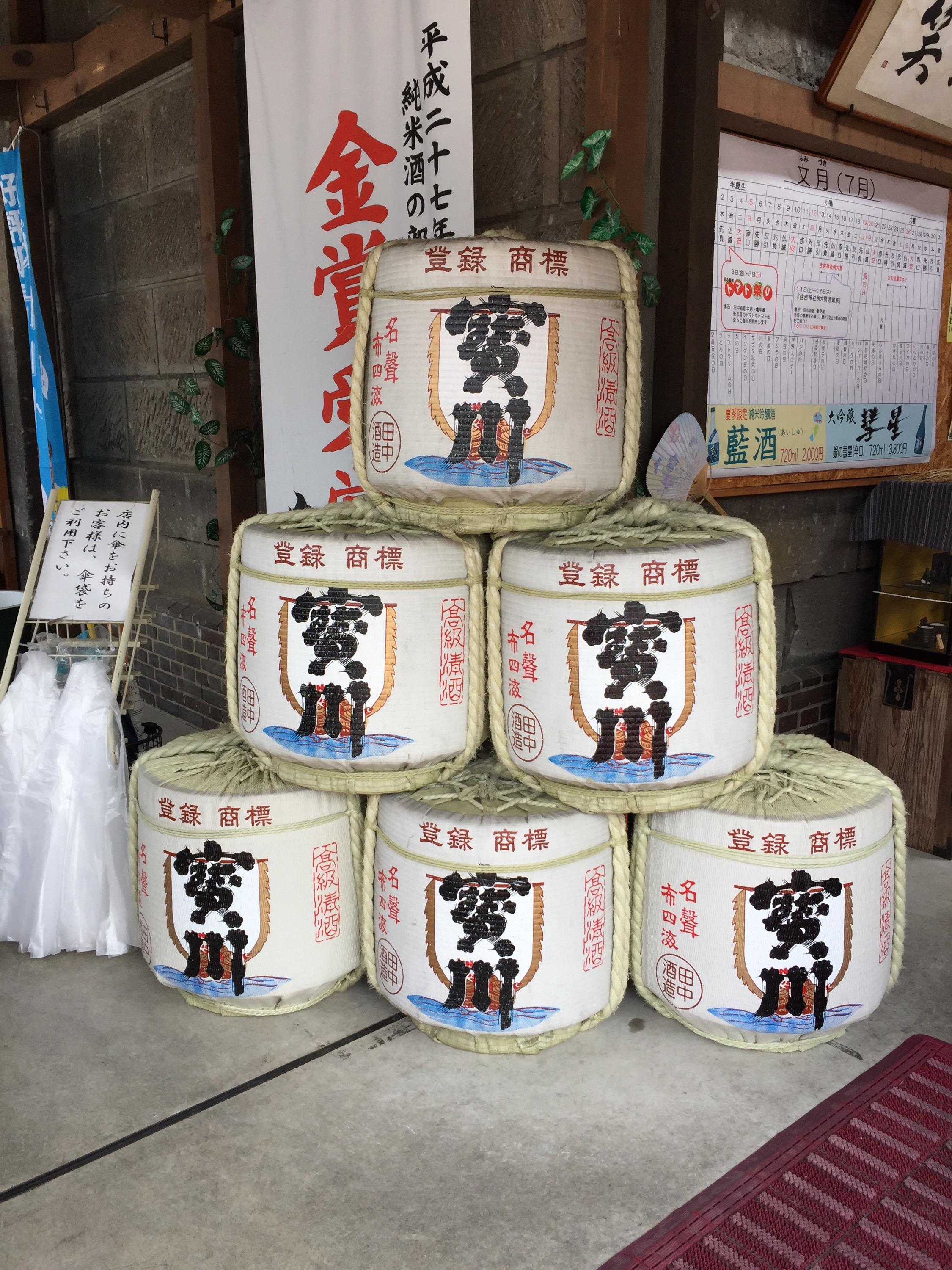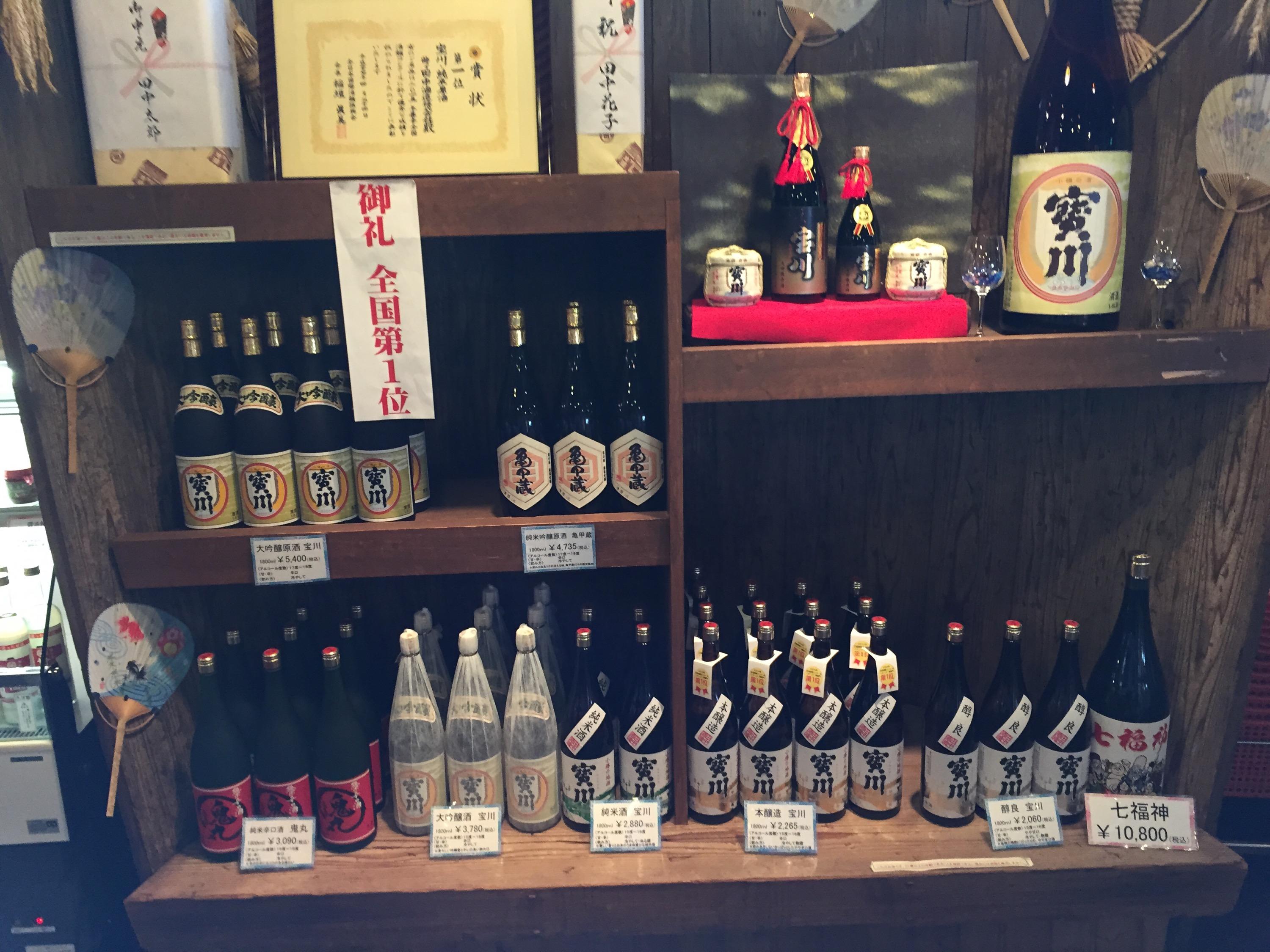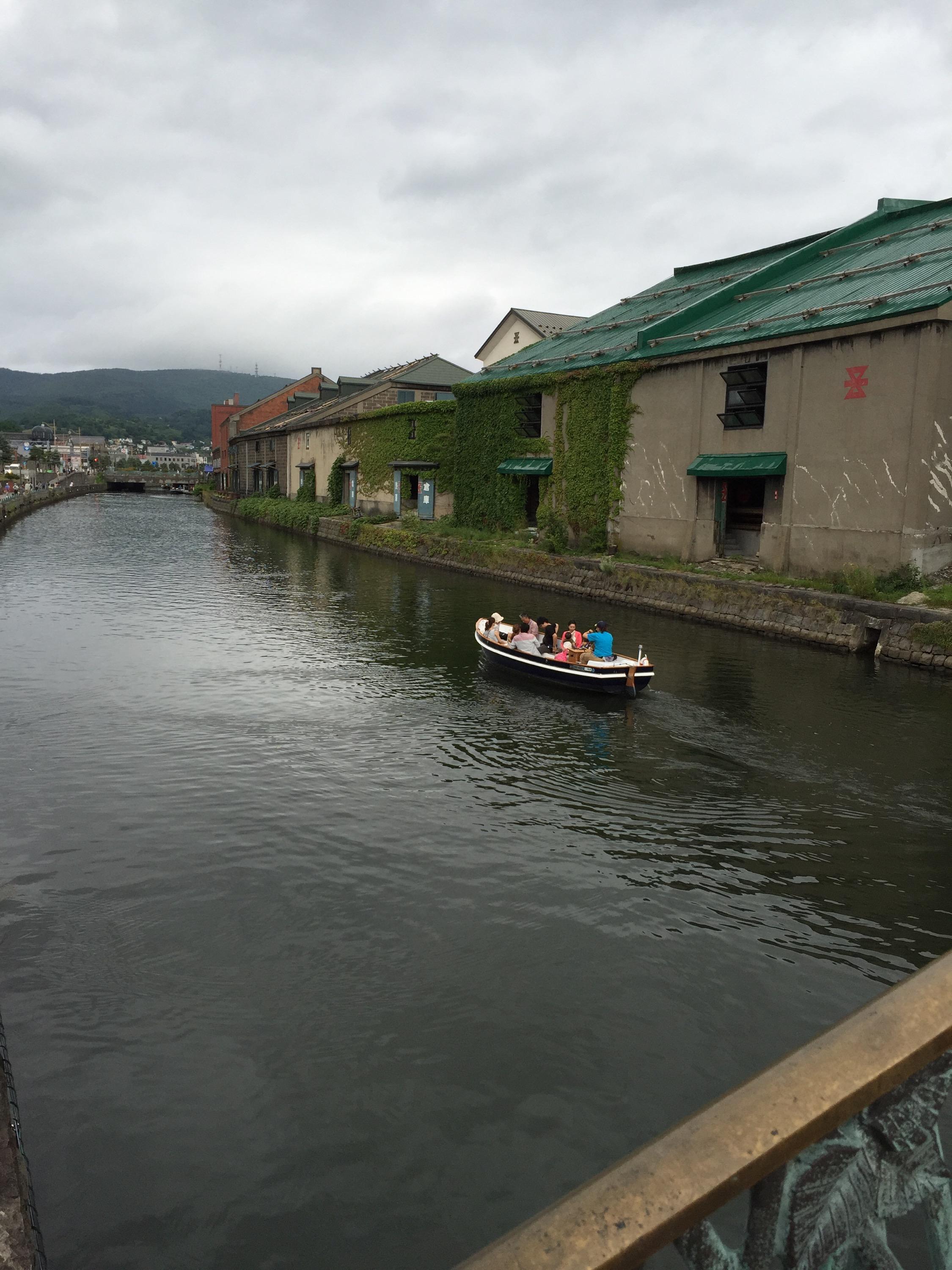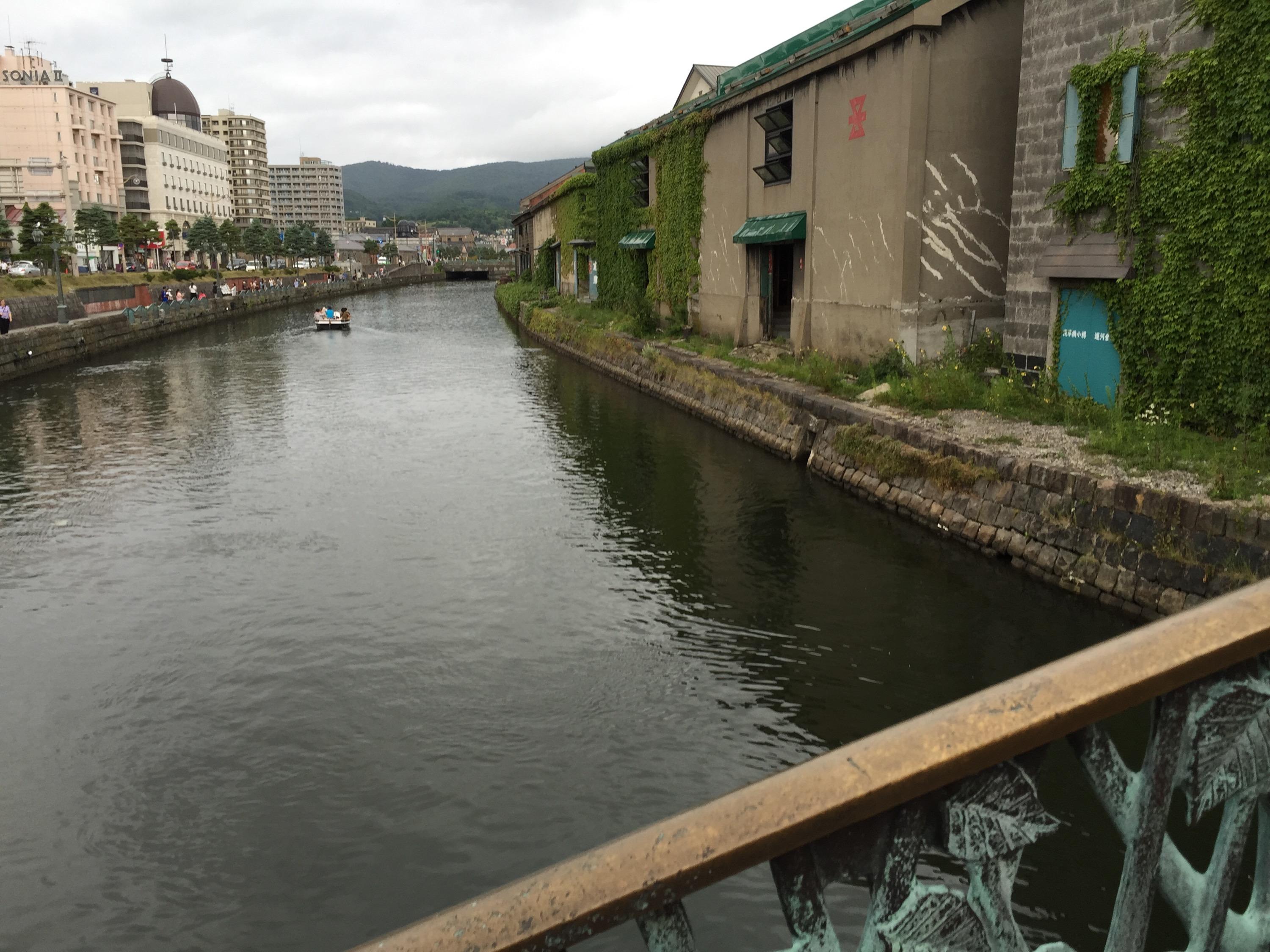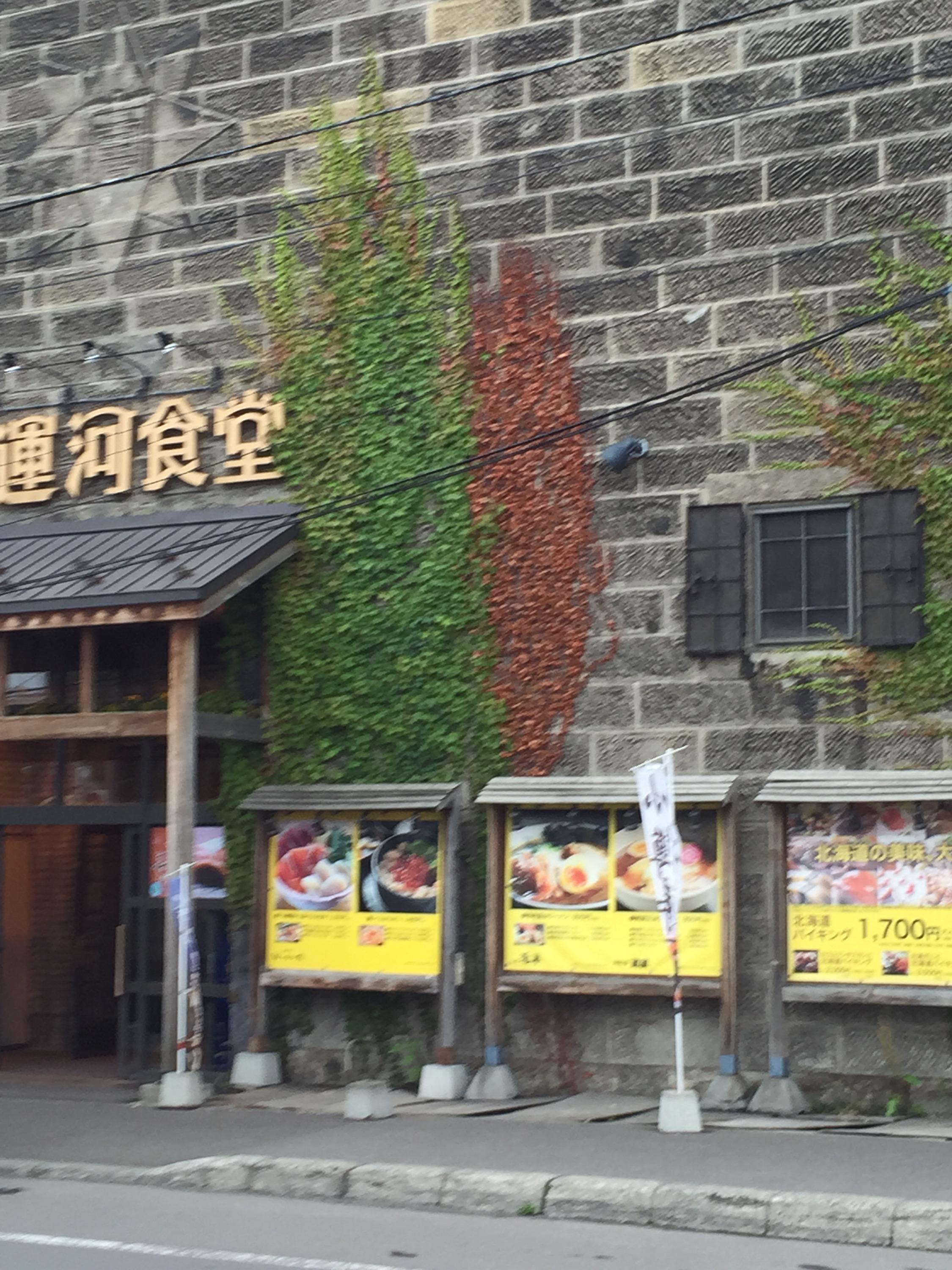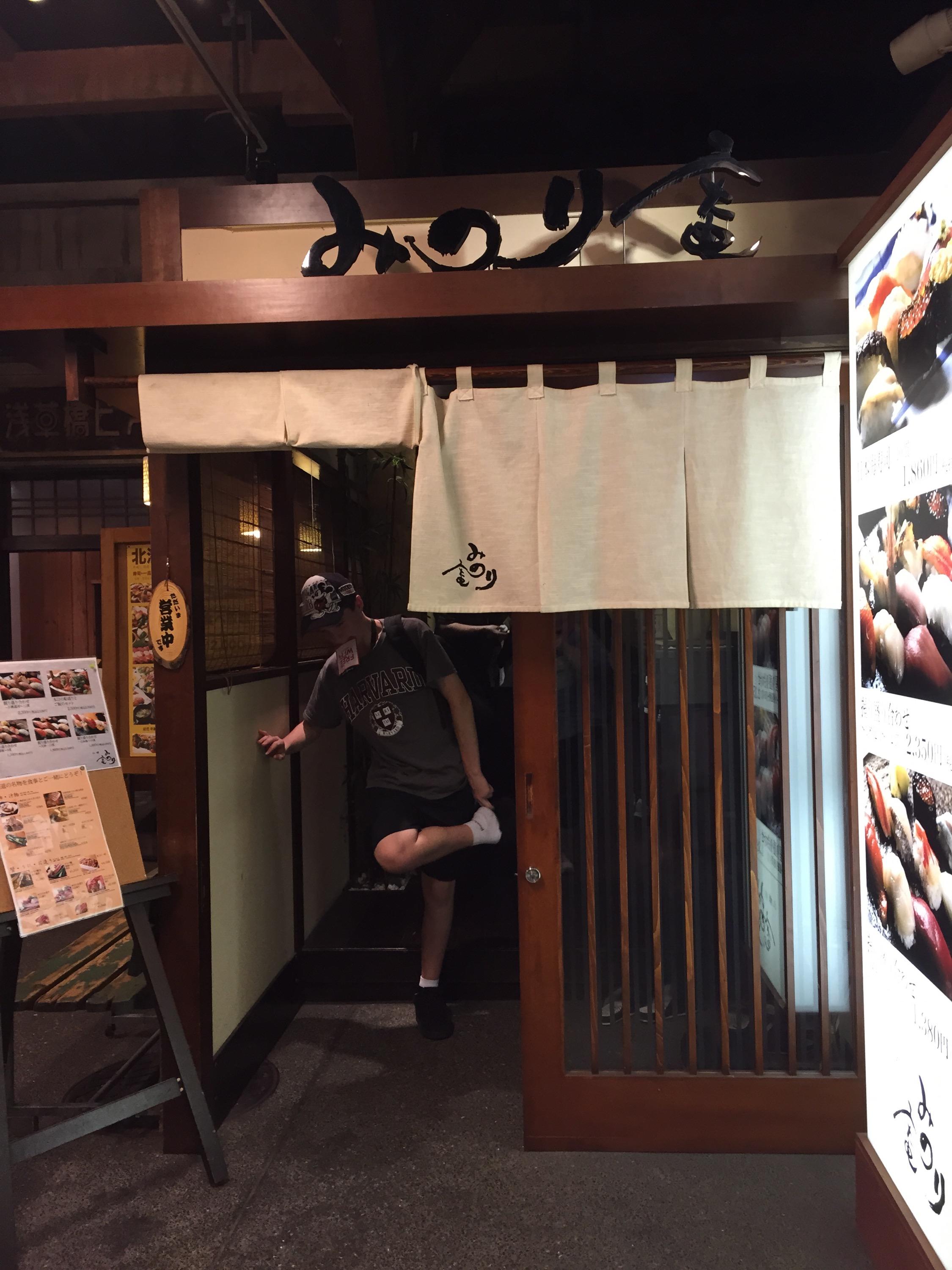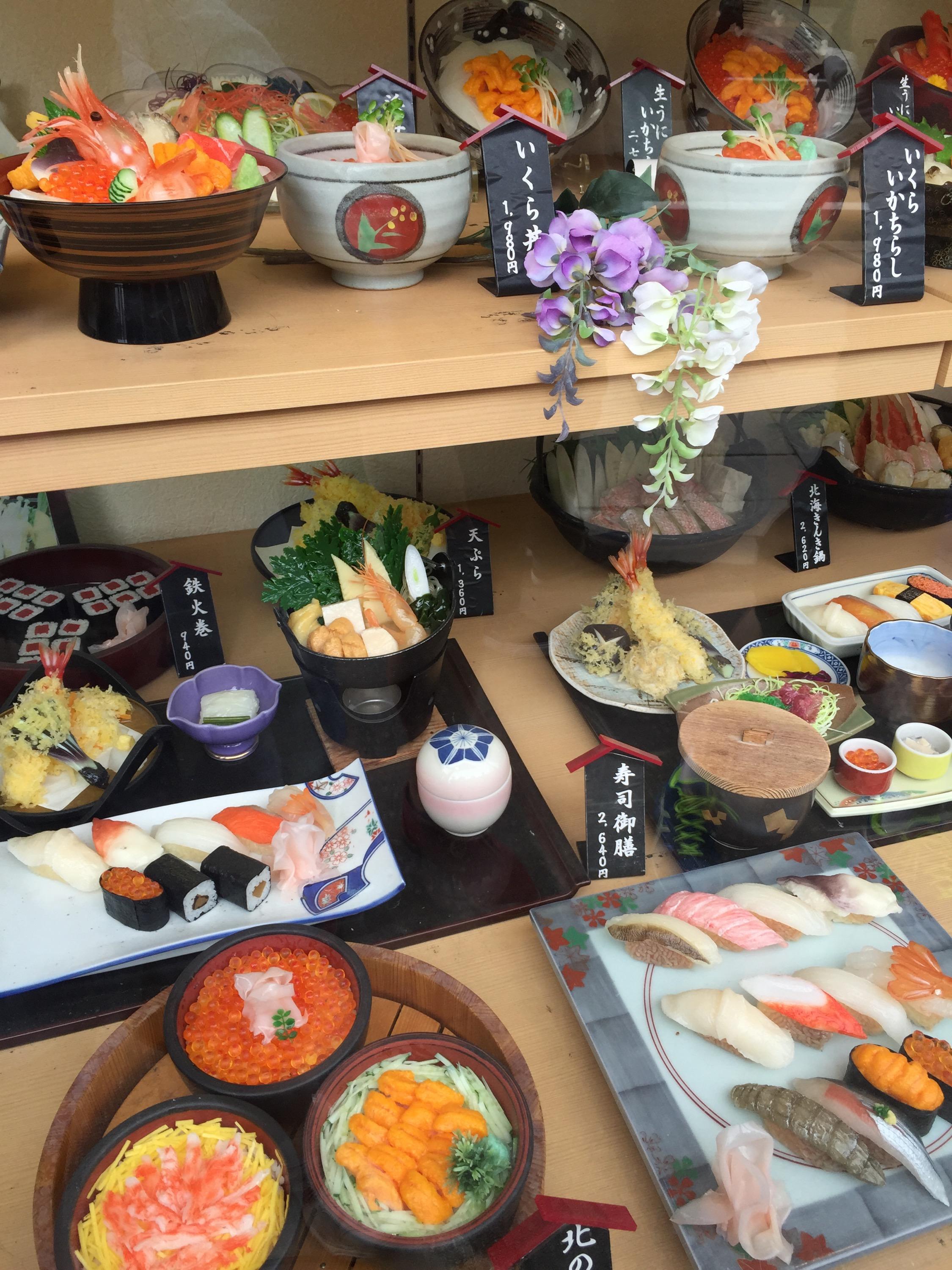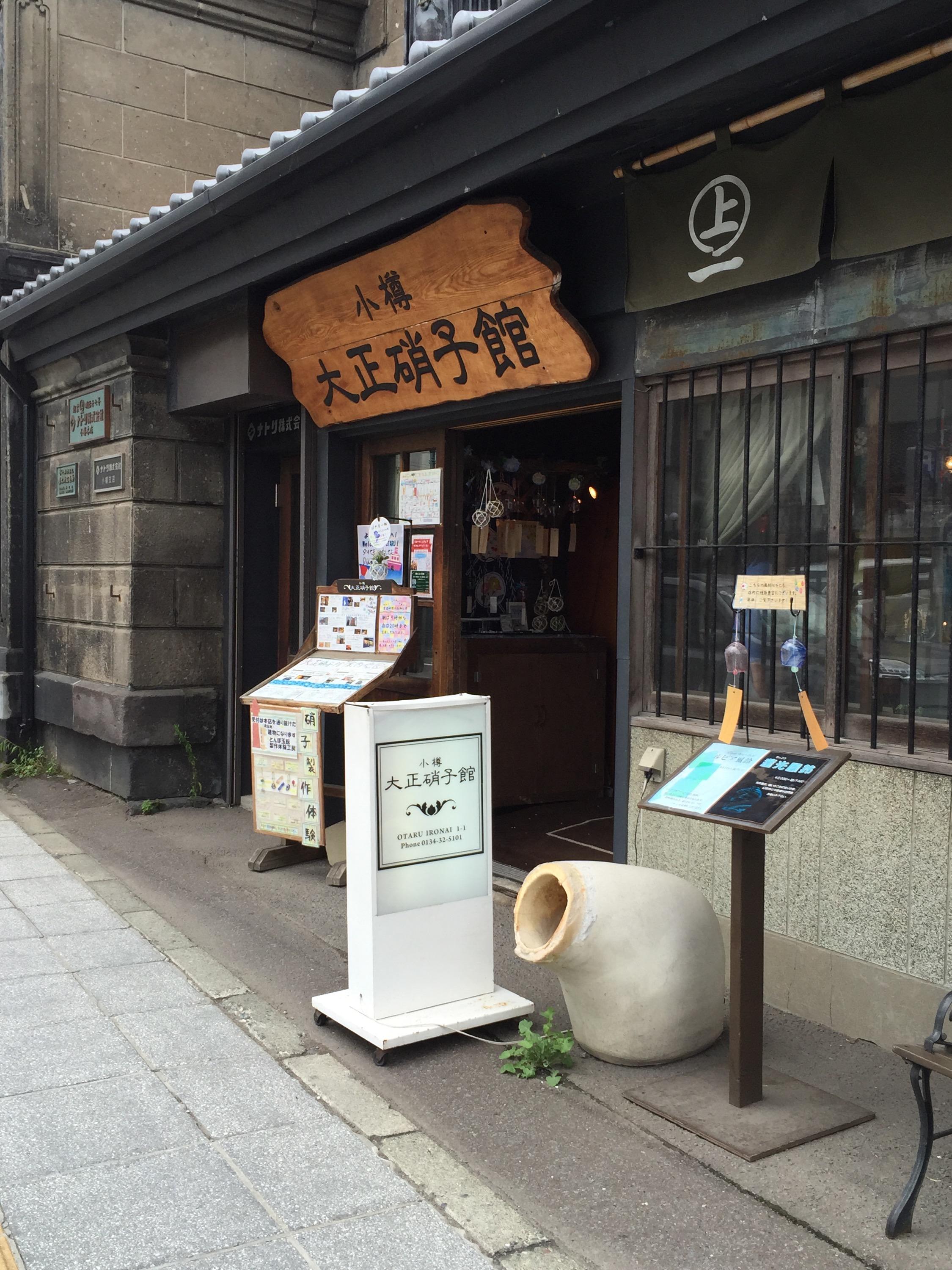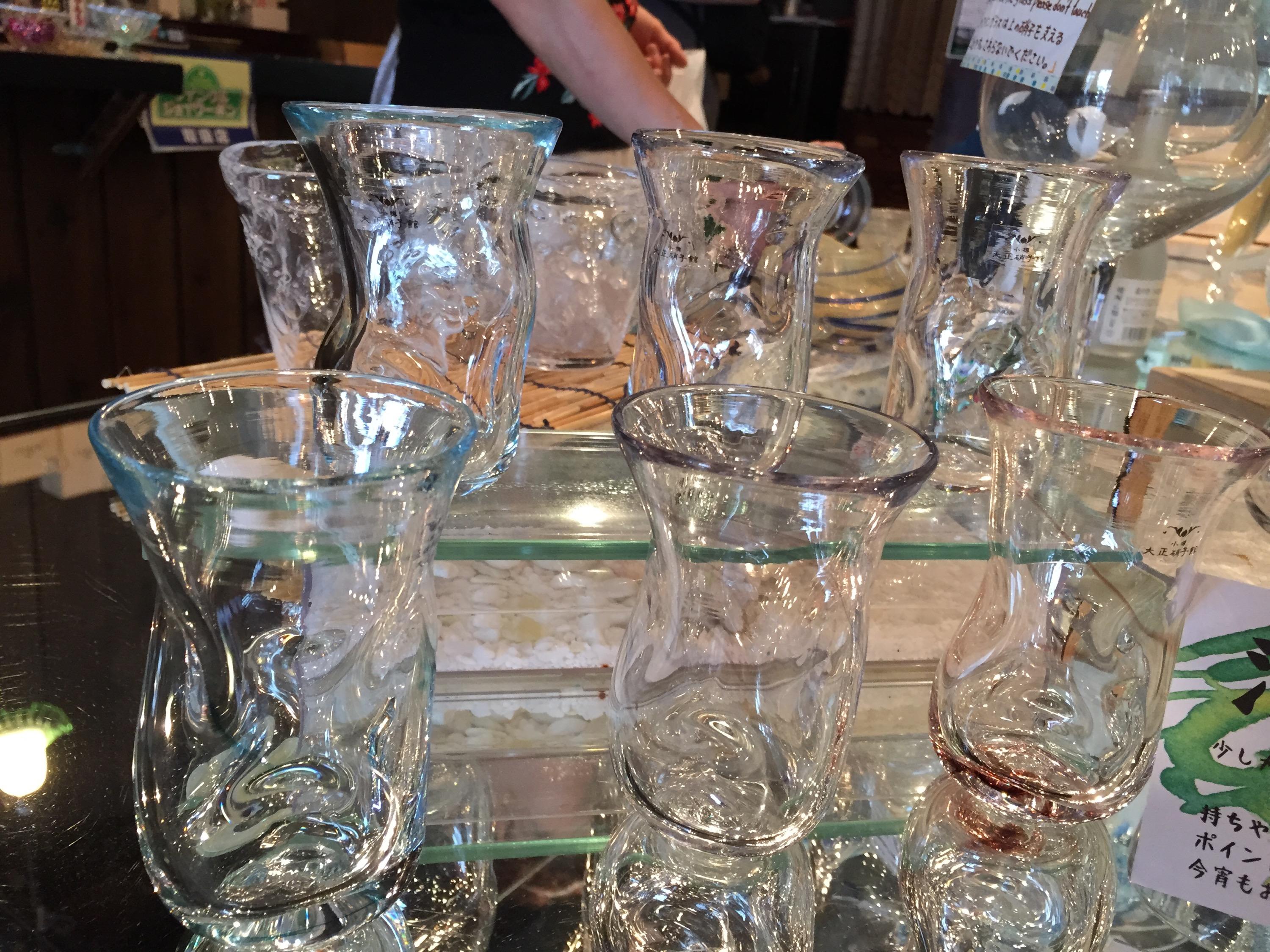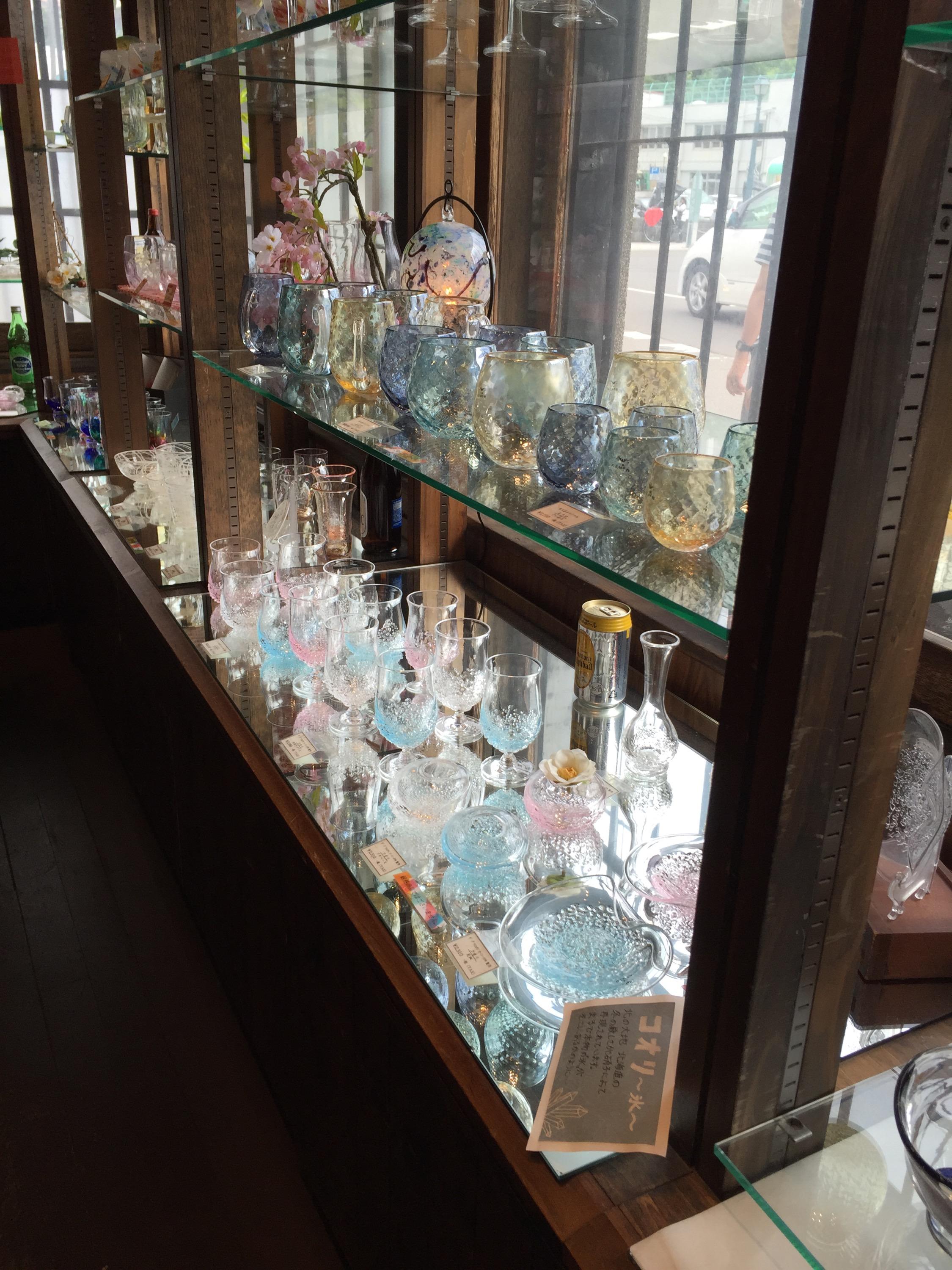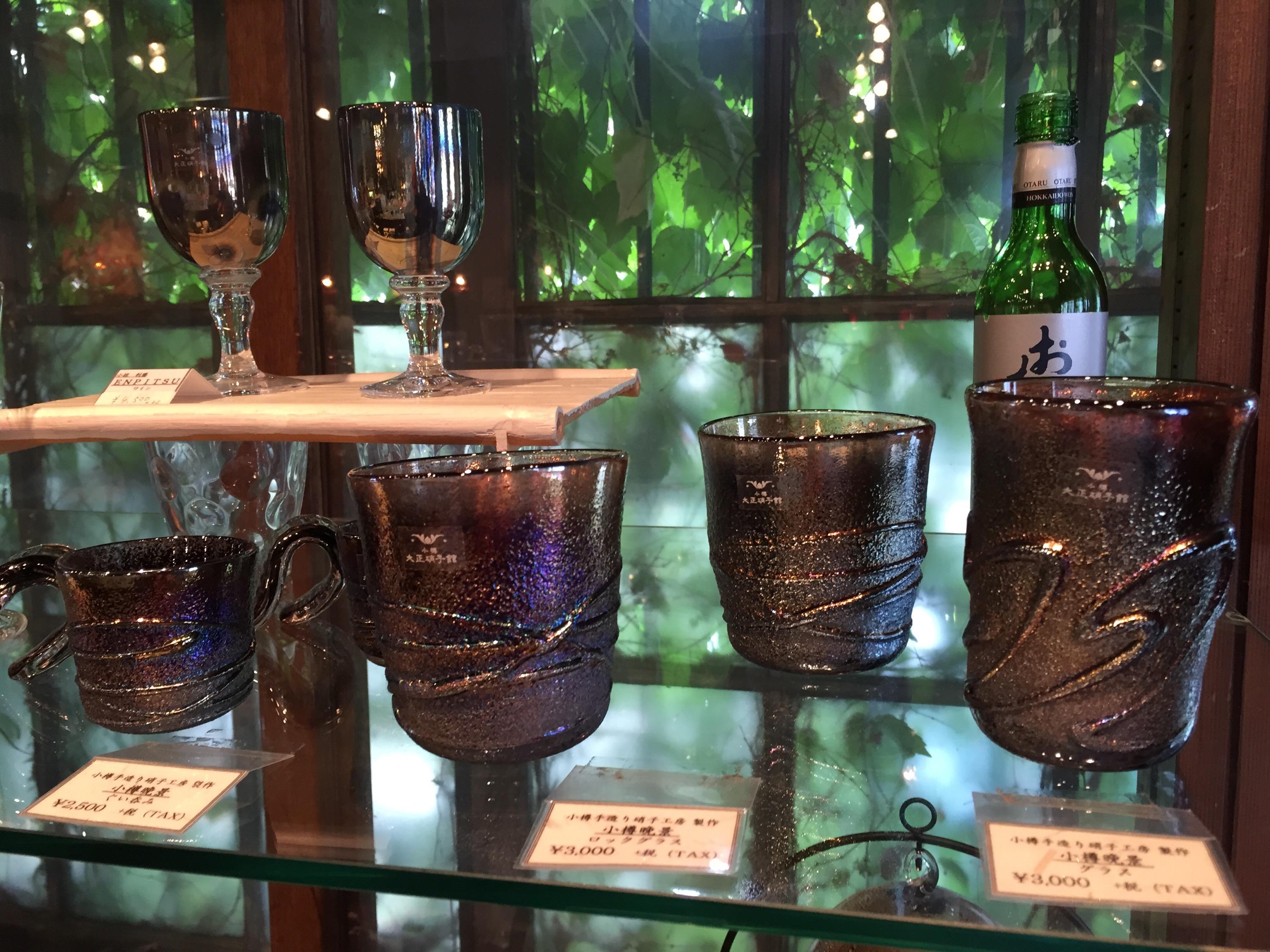Otaru port today… Renown for fresh seafood, boutique breweries and hand made glass wares. So we wanted to check it all out.
First stop the award winning Kikkogura Sake Brewery and Musuem, where we followed The Sake Story (below), as best I can make it out!
The rice used to make Sake is larger than the regular rice used for eating – the best sake is made from only the white centre of the rice grains. 80% of Sake is just water – the water is essential for making Sake, and Otaru Sake breweries use the all natural cold, pure ground water that is plentiful in Hokkaido. So steps to make exception Sake:
First Polishing stage – 30-60% of the rice is polished to brewing quality standard, this takes the husked rice through to a fine powder state.
Washing stake – the rice is then washed and steamed.
Koji stage – Koji bacteria is added to turn the rice starch into sugars, which takes two days in a hot humid room.
Cultivation stage – the Syubo ‘Mother of Sake’ ferments the alcohol for ten days.
Mixing stage – the Koji is added into the Syubo with steam rice and water in three layers. At 10C it takes 30 days to slowly ferment in a large vat.
Squeezing stage – The sake is then squeezed to separate the sake from the Lees (dregs).
Next it is Stored… Bottled… Shipped… and ready to drink!
(*at the bottom of this post I have listed all the differnt types of sake for anyone who is interested – it is quite extensive
This brewery has been in operation since the 1890s and has a step by step guide to how sake is made. The lovely fresh spring water in the region has made it Hokkaido’s most famous sake region. 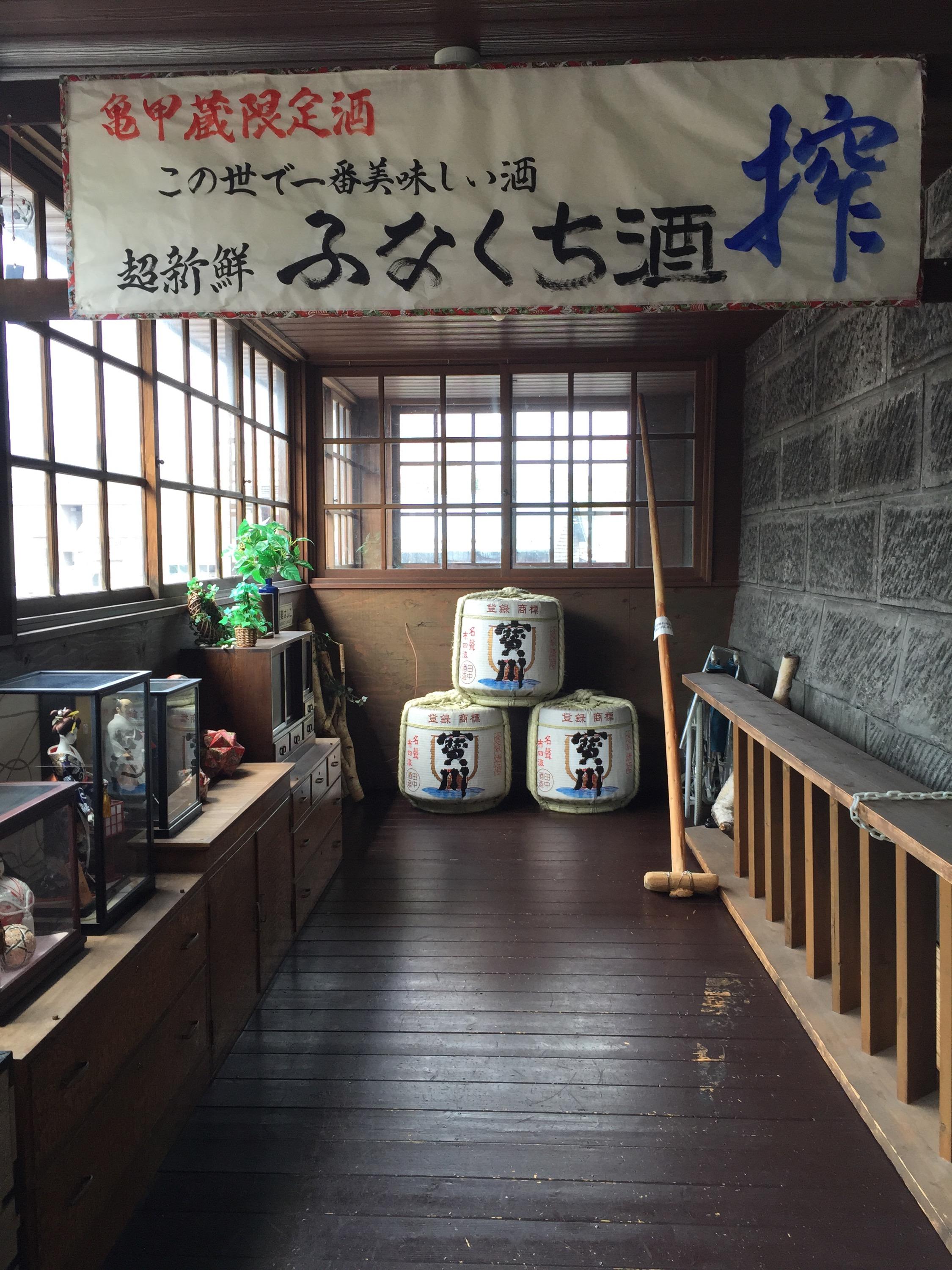
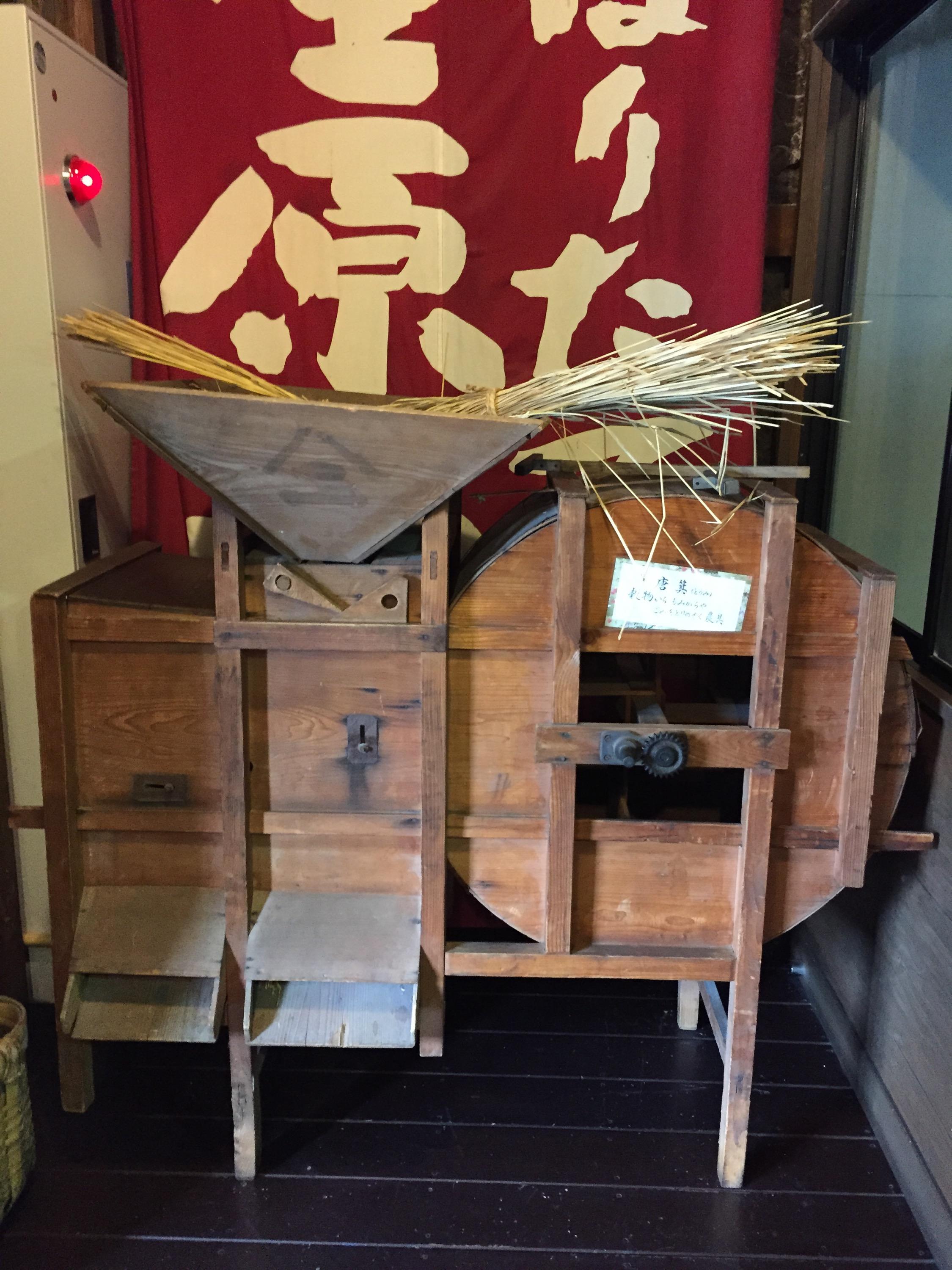
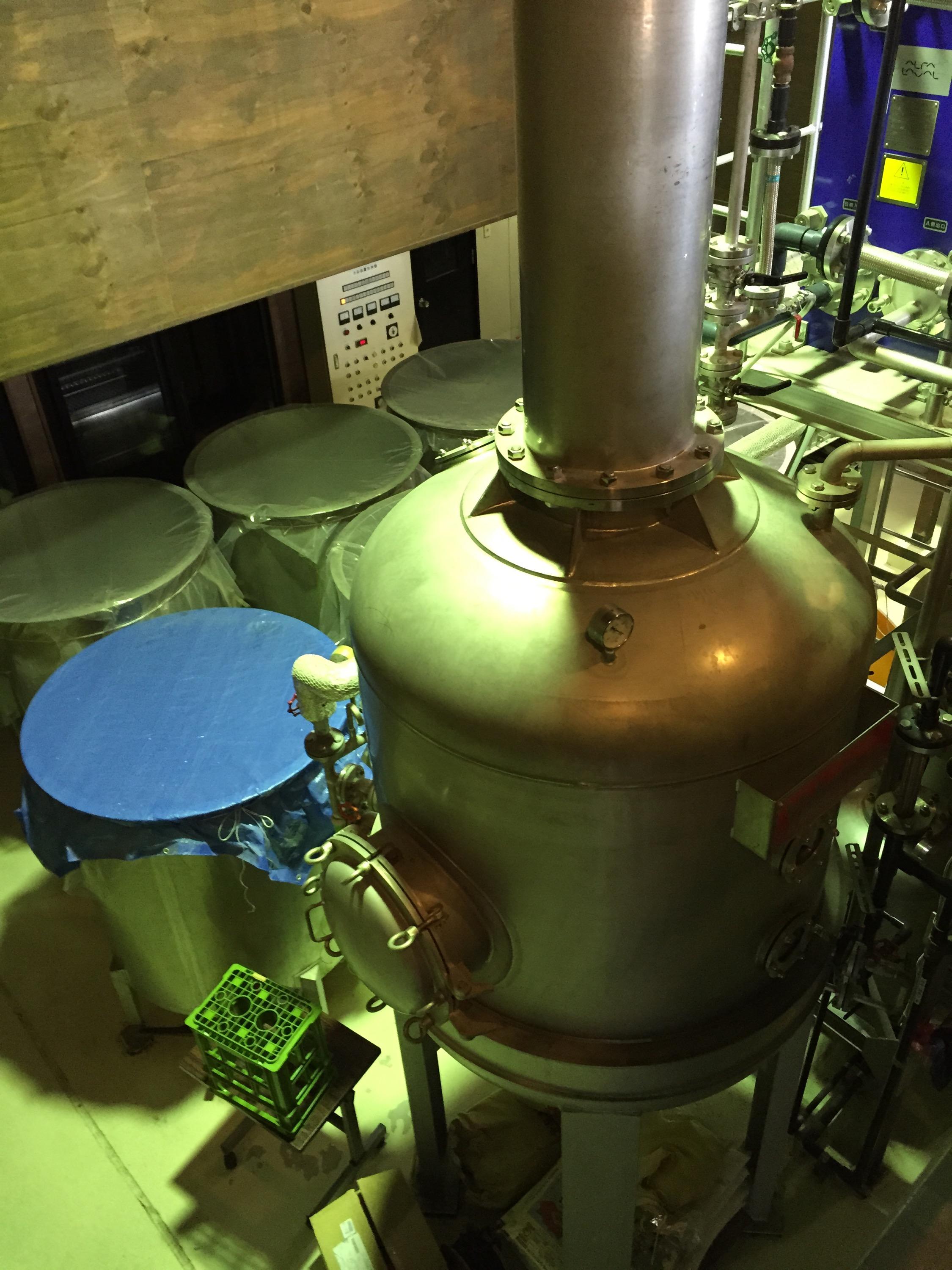 This pic shows the rice being laid out for two days in a hot humid room to turn the rice starch into sugar.
This pic shows the rice being laid out for two days in a hot humid room to turn the rice starch into sugar. 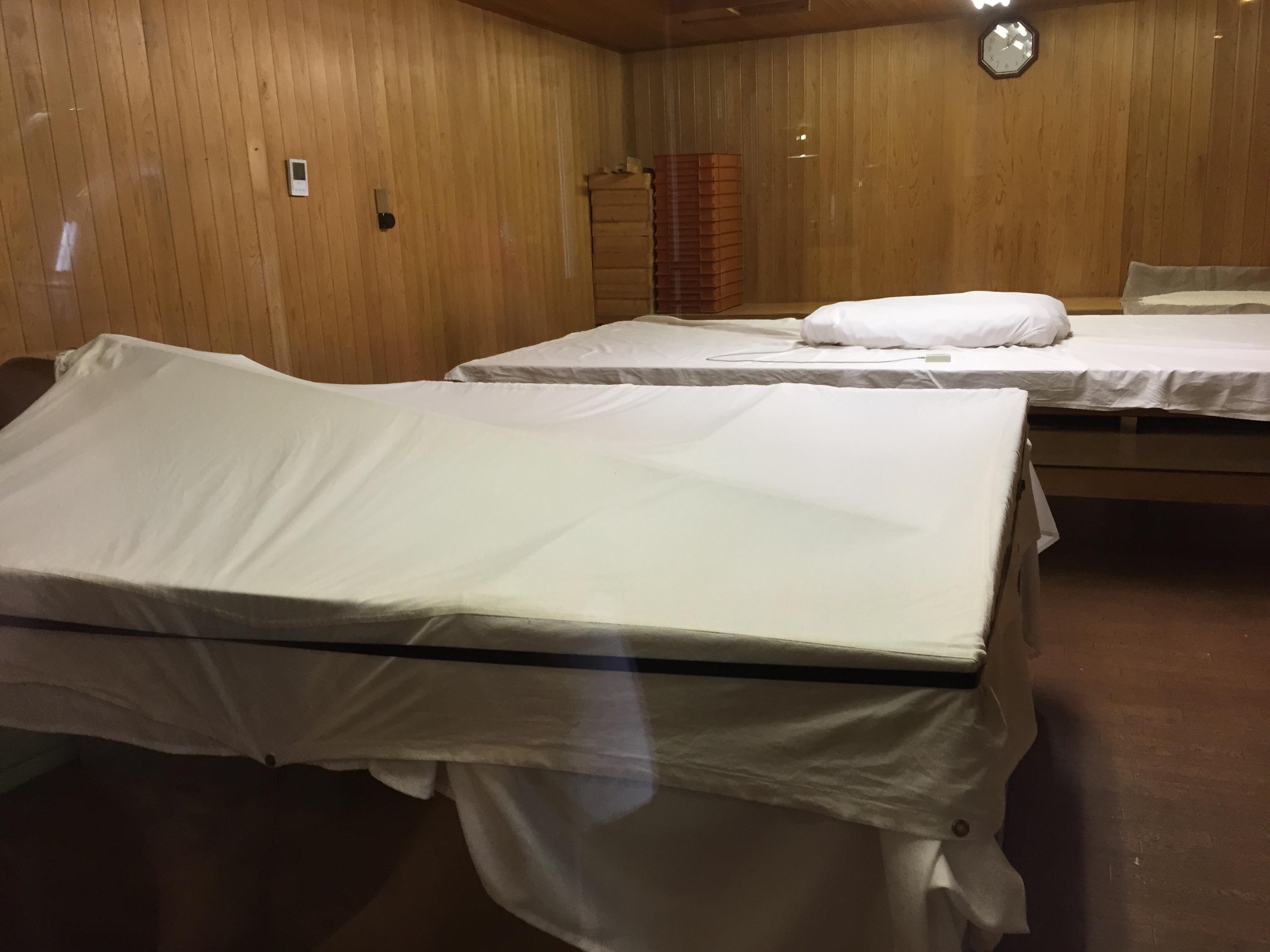
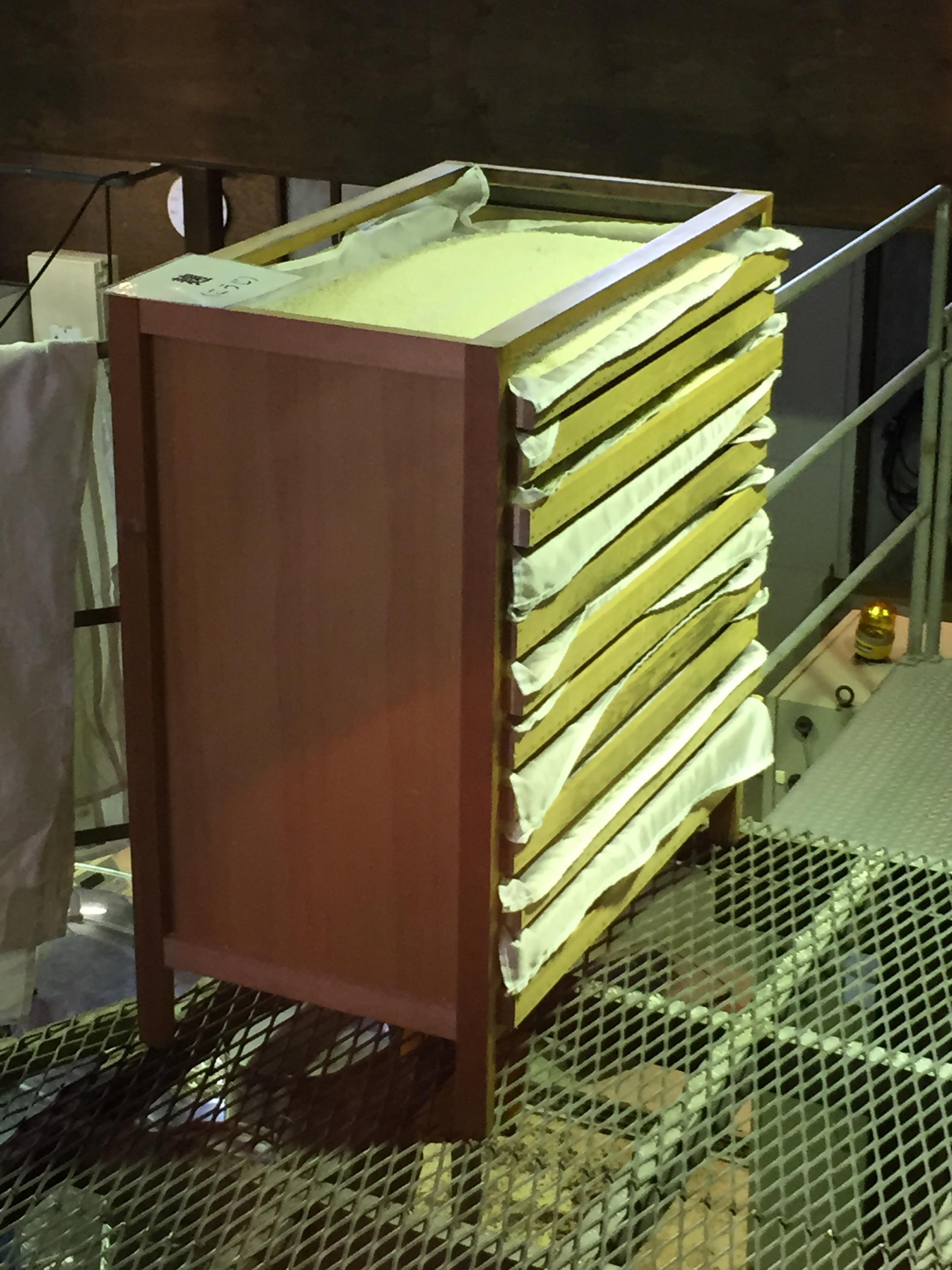

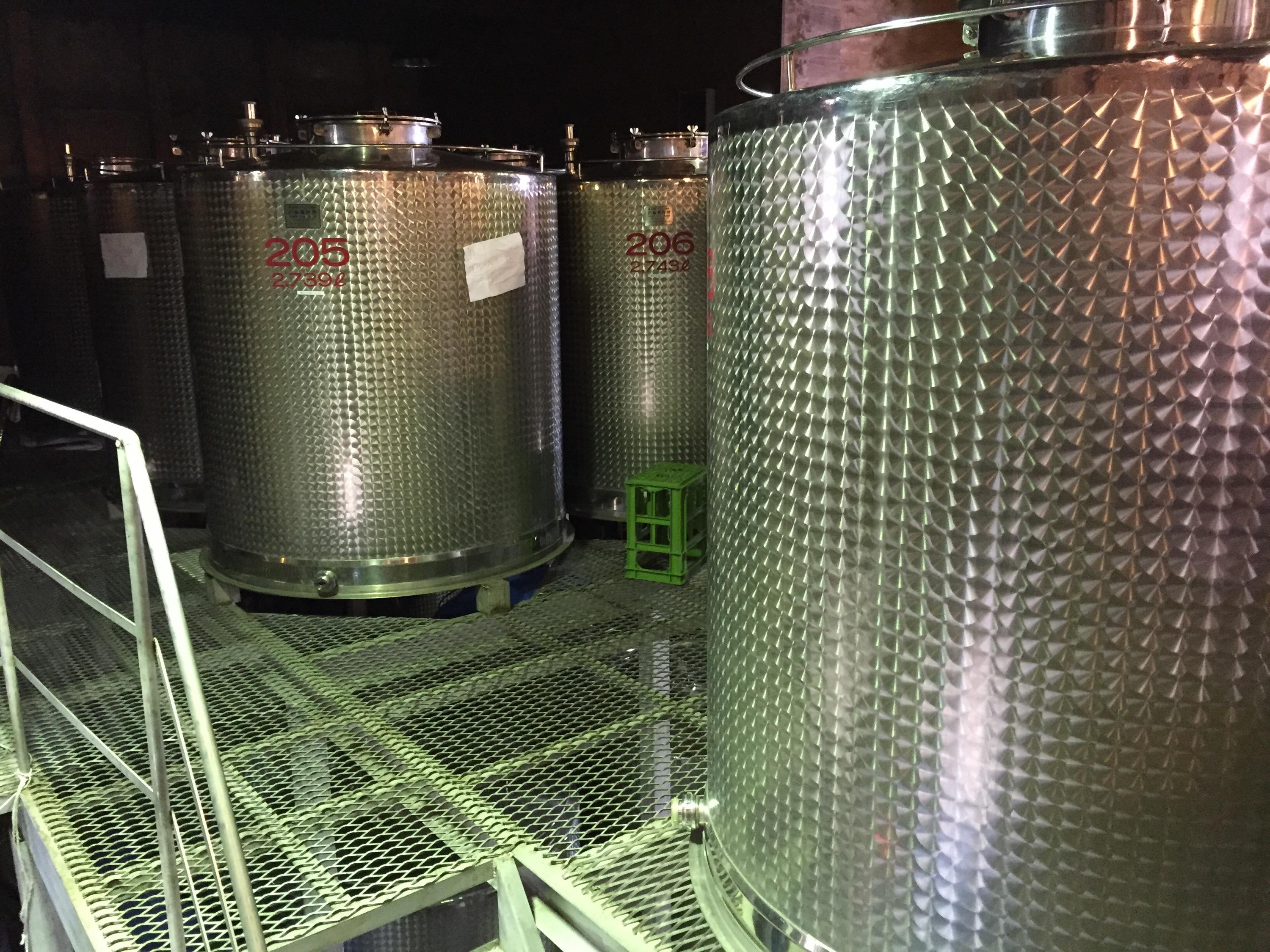
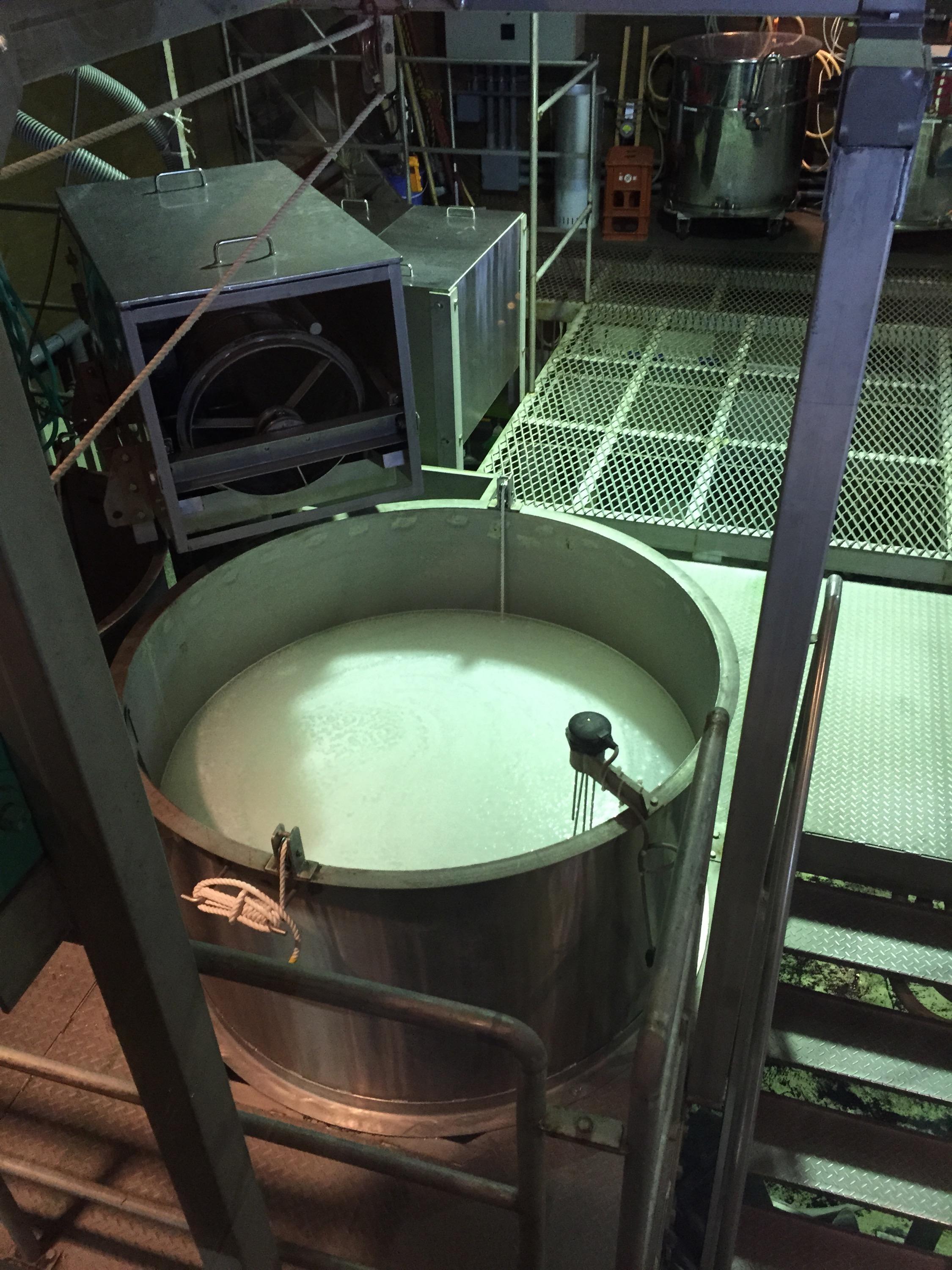
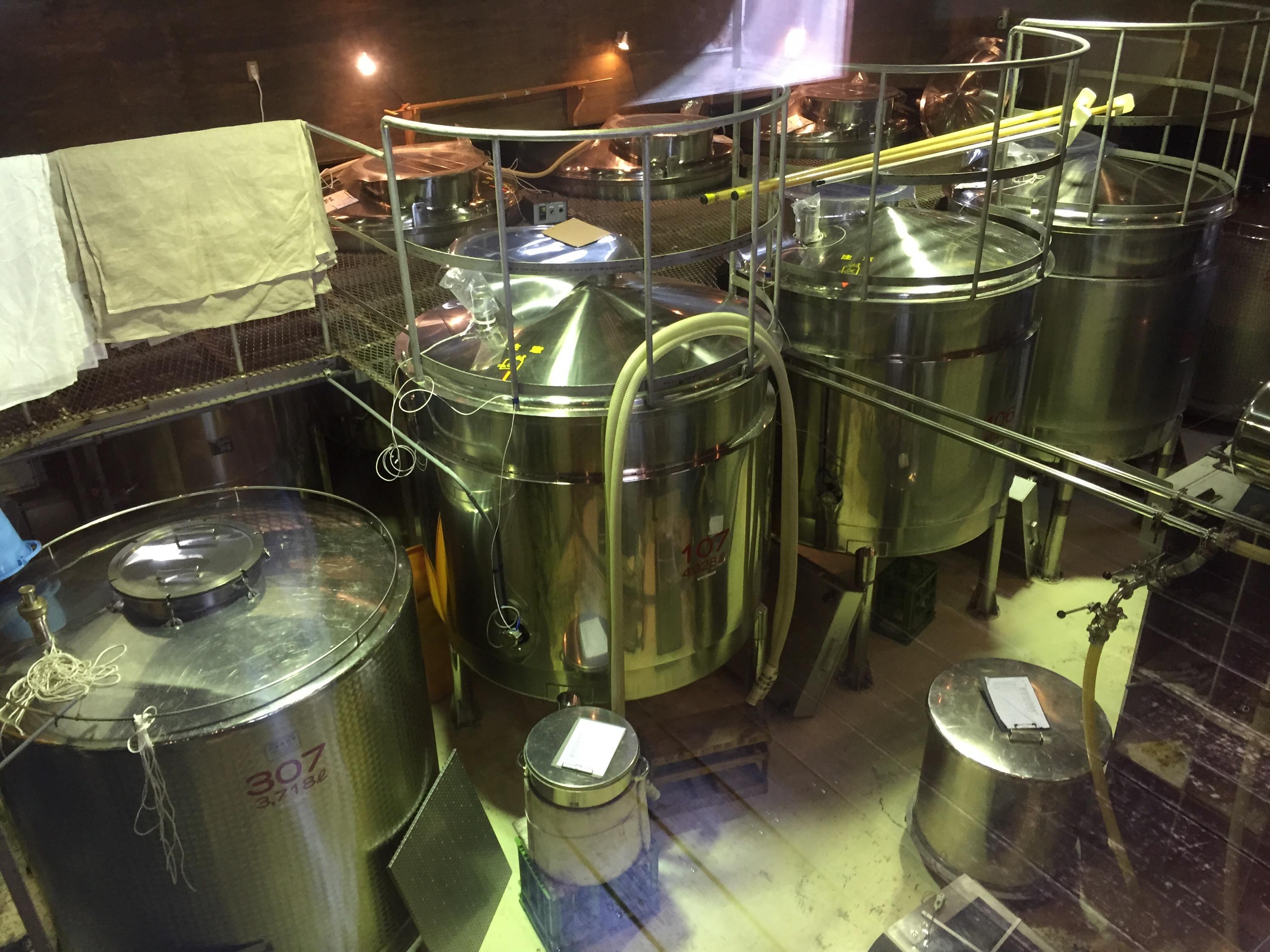

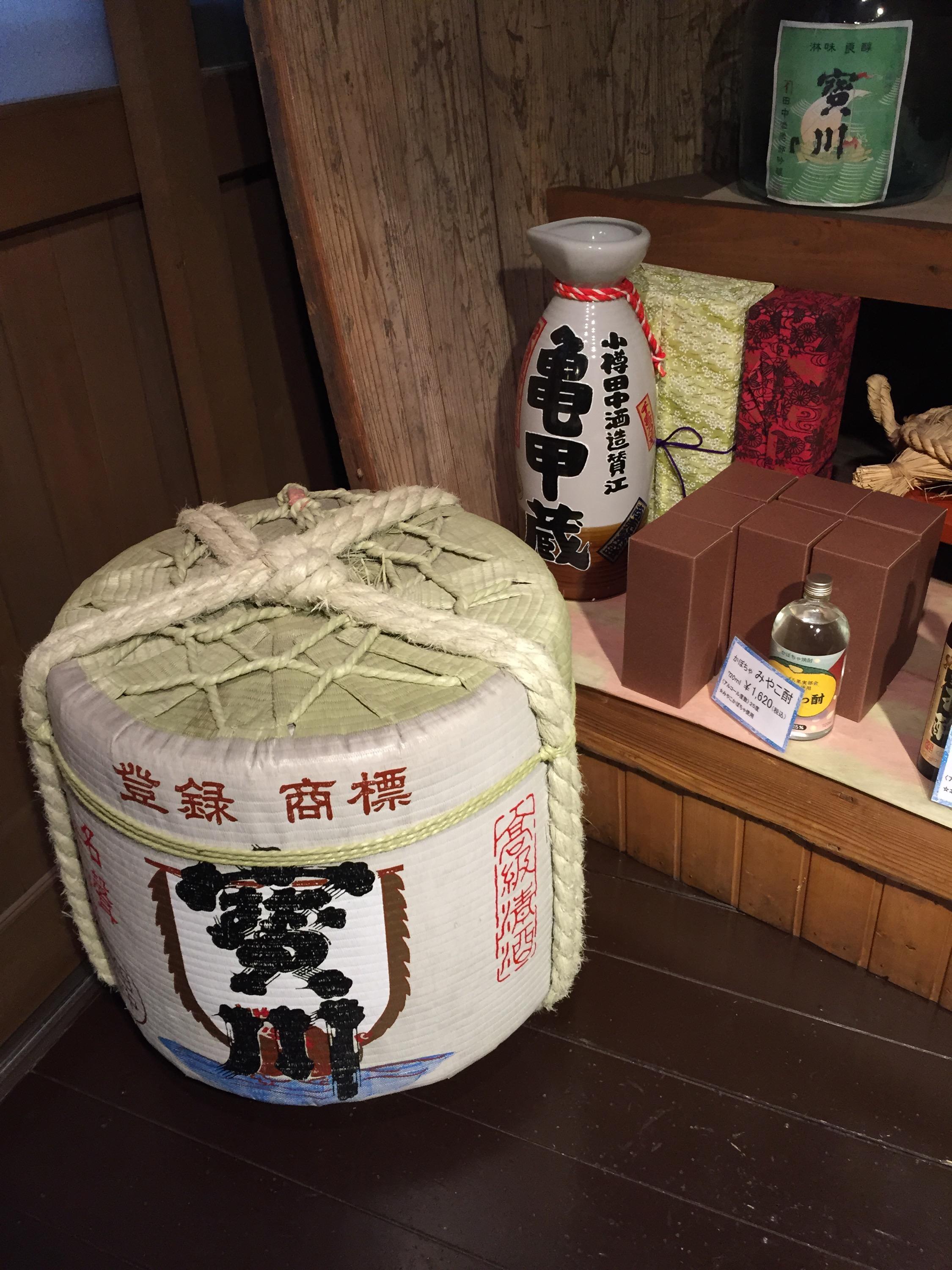
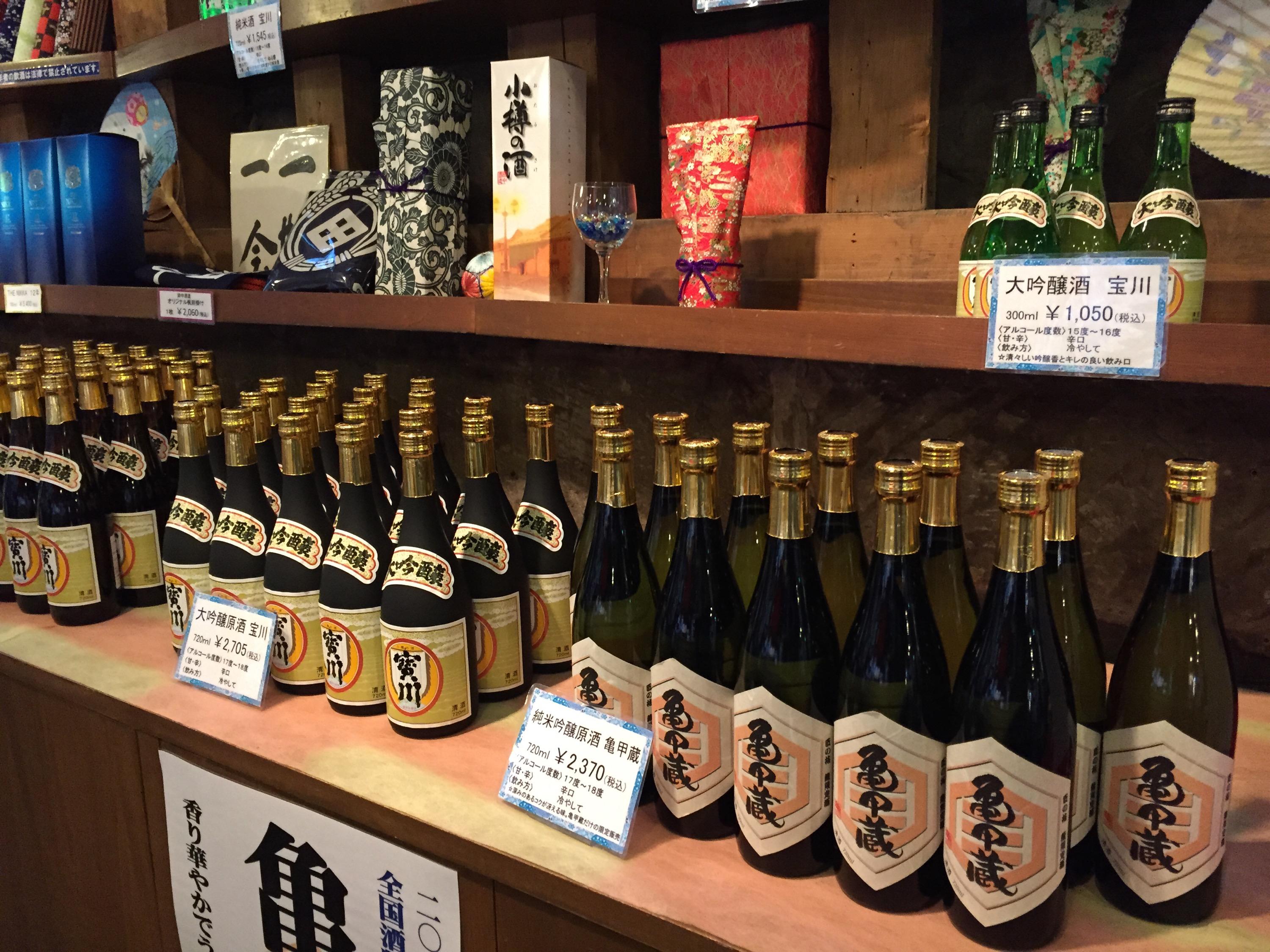

Next stop the canal area where there is a plethora of traditional Japanese sushi restaurants in ‘Sushi Town’ where the abundant and unusual seafood can be sampled at over 130 restaurants with freshly caught delicacies at lower prices than many larger cities.
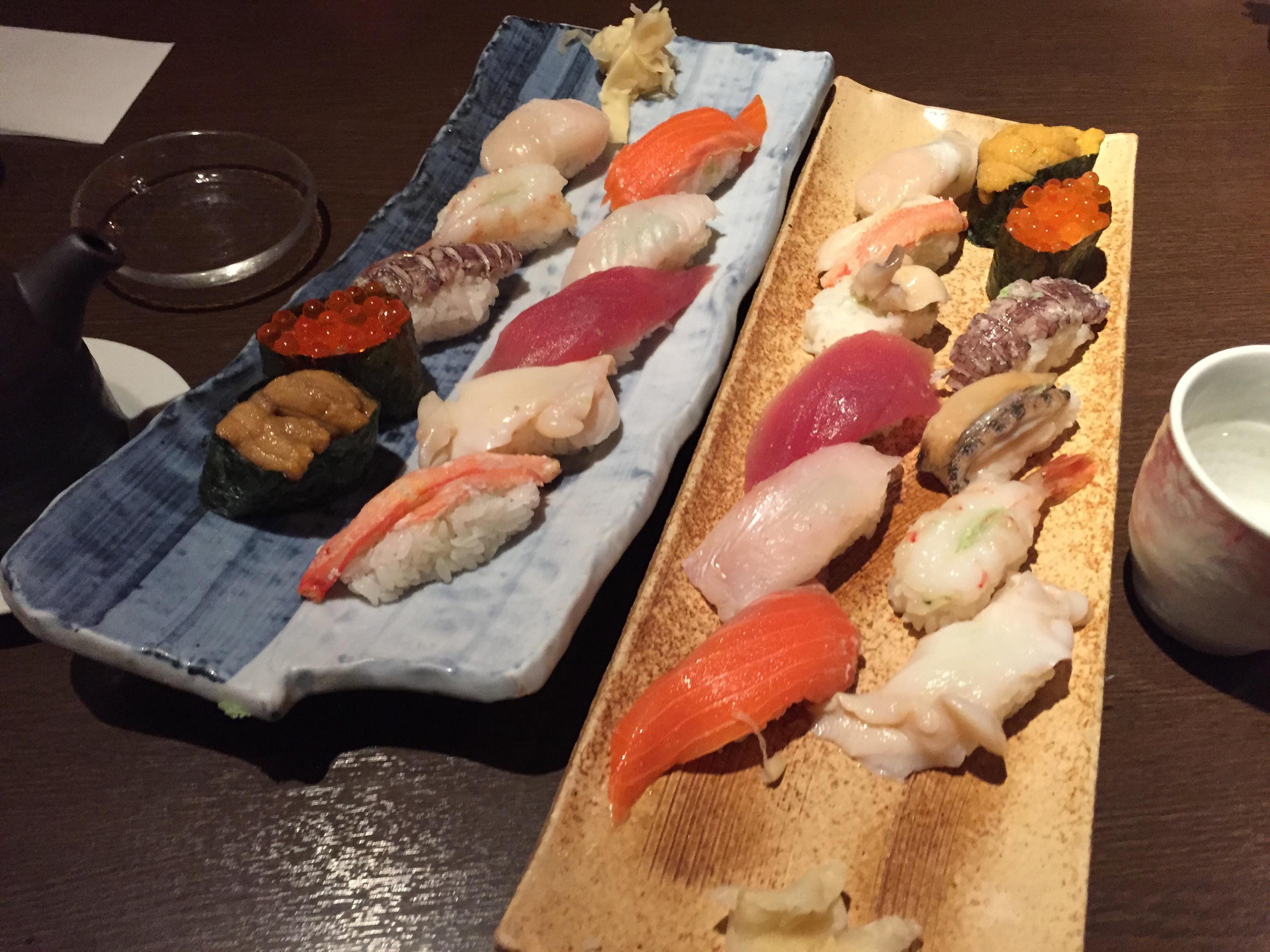 Have I mentioned how much I love all the bright colored plastic food signs outside the restaurants! Very cute and they’re everywhere.
Have I mentioned how much I love all the bright colored plastic food signs outside the restaurants! Very cute and they’re everywhere.
After that we wandered the glass shopping district – all of it so beautiful and so hard to get home!
Different Kinds of Sake
All the sake listed in between Ginjyo-shu an Taru-zake are required by law to met the indicated standards.
Ginjyo-shu – sake brewed with white rice polished less than 60%, rice malt, water and alcohol for brewing. It has an excellent aroma and a beautiful colour. Ginjyo-shu Ginjyo jyunmai-shu, Dai ginjyo-shu are all produced by experienced brewers with their superb techniques, such as fermenting sake at low temperatures for a long time and removing most of the rice grains from the sake. These are called “masterpieces of sake” and are displayed at sake exhibitions. (Best: cold, or on the rocks – never add water).
Ginjyo jyunnmai-shu – Ginjyo-shu brewed only with white rice, rice malt and water. (Best: cold or on the rocks).
Dai ginjyo-shu – Ginjyo-shu brewed with white rice polished less than 50%. (Best: cold or on the rocks).
Tokubetsu jyunmai-shu – Jyunmai-shu is made with white rice polished less than 60%. To be called Tokubetsu jyunmai-shu, the rice used in brewing, production methods etc, have to be different to other Jyunmai-shu produce in the same factory. Those distintions are explained an indicated on the product. (Best: cold or hot, or on the rocks).
Hon jyozo-shu – sake brewed with white rice polished less then 70% rice malt, water and brewing alcohol (while only the amount less than 10% of the total rice weight can be added). It has a nice aroma and a beautiful colour. (Best: cold or hot, or on the rocks).
Tokubetsu hon jyozo-shu – Made with rice polished less than 60%. The rice used in the brewing production methods have to be different from the other Hon jyozo-shu produced in the same brewery. Those distinctions are to be explained and indicated on the product. (Best: cold or hot, or on the rocks).
Gen-shu – Undiluted sake. (Best: One the rocks, with warm or cold water added, never hot).
Nama-shu – Non-pasturised sake (Best: Cold, or on the rocks, never hot or with warm water added)
Nama chozo-shu – Sake which is not pasteurised prior to the preservation but only before being marketed. (Best: cold, or on the rocks, never hot or with warm water added).
Ki ippon – Jyunmani-shu brewed only at a company’s single brewery. (Best: On the rocks or with warm or cold water added).
Taru-zake – traditional sake preserved in a wooden barrel, with a distinctive aroma. (Best: cold or hot or on the rocks).
Ko-shu – Sake preserved for more than a year. The year of preservation is indicated on the product. Sake stored over 10 years has sheer golden colour. It takes mellower but has an aroma specific to matured sake (Best: cold or hot).
Tezukuri-shu – Jyunmai-shu or Hon jyozo-shu which is brewed with the brewery’s handmade steamed rice, malt and yeast. (Best: cold or hot).
Funakuchi-shu – Sake bottled immediately after being pressed. It is strong and fresh tasting due to the carbon dioxide contained in the product. It is not pasteurized therefore cannot be kept for a long time. (Best: cold, on the rocks or with cold water added, never hot).
Kassei sei-shu – The colour of sake is white and cloudy as rice and rice malt are crushed and filtered with a cellular cloth. It is not pasteurized therefore cannot be kept for a long time. (Best: cold, on the rocks or with cold water added, never hot).
Amakuchi-shu – Sweet sake with a strong taste. (Best: Best hot or cold or on the rocks).
Karakuchi-shu – Dry and fresh sake. (Best: Best hot or cold or on the rocks).

